Introduction
The art of wrapping traditional Chinese dumplings, known as zongzi, in bamboo leaves is steeped in history and cultural significance. These fragrant bundles, often associated with the Dragon Boat Festival, encapsulate a variety of fillings ranging from sweet to savory, all held together by the gentle embrace of bamboo leaves. However, an intriguing dilemma often arises among those who endeavor to make their own zongzi: why do fresh bamboo leaves sometimes fail to impart the expected aroma to the finished dish? This question prompts an exploration into the nuances of bamboo leaf chemistry, handling techniques, and environmental factors that might influence their fragrance.
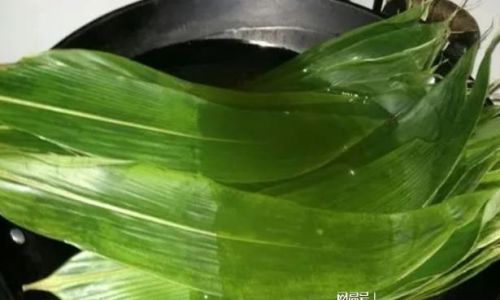
Understanding Bamboo Leaf Chemistry
To delve into why fresh bamboo leaves might not smell as expected, it’s crucial to first understand their chemical composition. Bamboo leaves are rich in essential oils, terpenes, and phenolic compounds, which collectively contribute to their unique aroma. These compounds are often volatile, meaning they can easily evaporate or degrade under certain conditions.
One key compound found in bamboo leaves is linalool, a terpene alcohol known for its floral and lavender-like scent. Linalool is not only responsible for the pleasant aroma but also has antioxidant and antimicrobial properties, making it beneficial for food preservation. However, the concentration and stability of linalool, as well as other aromatic compounds, can vary greatly depending on the species of bamboo, the age of the leaves, and the season they are harvested.
Species and Age Variations
Different species of bamboo produce leaves with distinct aromatic profiles. For instance, some varieties may naturally have higher concentrations of linalool, while others might be richer in other terpenes or phenolic compounds. This variability means that not all bamboo leaves will smell the same, even when freshly harvested.
Moreover, the age of the leaves plays a pivotal role. Younger leaves, typically those found closer to the top of the bamboo stalk, tend to be more tender and contain higher levels of volatile oils. As leaves mature and move down the stalk, they become thicker and their aromatic compounds may decrease, leading to a less intense scent.
Harvesting and Storage Conditions
The timing and method of harvesting bamboo leaves can also significantly impact their aroma. Ideally, leaves should be harvested during the early morning hours when temperatures are cooler and the essential oils are at their peak concentration. Harvesting under hot, sunny conditions can cause the volatile compounds to evaporate rapidly, reducing the overall aroma.
Once harvested, the storage conditions of bamboo leaves are equally important. Exposure to direct sunlight, high temperatures, and humidity can accelerate the degradation of aromatic compounds. Proper storage involves wrapping the leaves in damp cloths or placing them in sealed containers with a slight moisture content to maintain freshness. However, even with optimal storage, the aroma of fresh leaves can still diminish over time, especially if they are not used promptly.
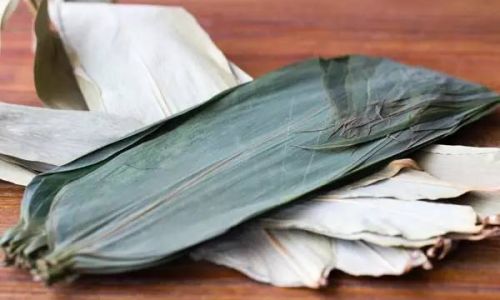
Processing Techniques
The way bamboo leaves are prepared for use can also affect their aroma. Traditional methods often involve boiling or steaming the leaves before wrapping the zongzi. This process not only softens the leaves, making them easier to fold, but also helps to release some of the aromatic compounds. However, overcooking can lead to the loss of volatile oils, resulting in a less fragrant final product.
An alternative method is to blanch the leaves briefly in hot water and then rinse them in cold water to stop the cooking process. This technique is believed to preserve more of the leaf’s natural aroma. Additionally, some cooks prefer to air-dry the leaves slightly before use, which can concentrate the remaining aromatic compounds and enhance their scent.
Environmental Factors
Environmental factors such as climate and soil conditions can also influence the aroma of bamboo leaves. Bamboo grown in regions with abundant rainfall and fertile soil may produce leaves with more vibrant flavors and aromas. Conversely, bamboo grown in arid or nutrient-poor soil may have leaves with reduced aromatic profiles.
Seasonal variations also play a role. In some areas, bamboo leaves harvested during specific times of the year, such as after a period of heavy rainfall, may be more fragrant due to increased nutrient availability and hydration levels in the plant.
The Role of Age-Old Traditions
It’s worth noting that in traditional practices, bamboo leaves were often aged or dried before use. Dried bamboo leaves, which have been a staple in zongzi-making for centuries, are known for their concentrated aroma and durability. The process of drying involves hanging the leaves in well-ventilated areas or using low-temperature drying methods to preserve their natural oils. Over time, the leaves develop a deeper, more complex aroma that many consider superior to that of fresh leaves.
In contrast, the rise of modern, industrialized food production has led to an increased preference for convenience, prompting the use of fresh leaves. While this shift may appeal to those seeking a more immediate, authentic experience, it also comes with the challenge of maintaining the desired aroma without the benefit of aging or drying processes.
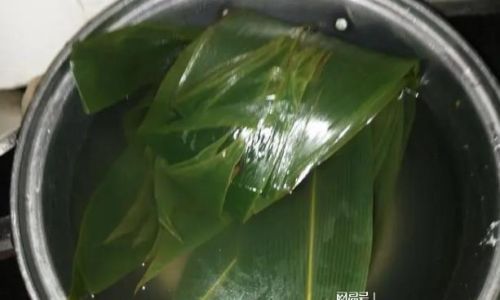
Innovative Solutions and Modern Approaches
To address the issue of fresh bamboo leaves lacking aroma, some chefs and food enthusiasts have turned to innovative solutions. One approach involves extracting the essential oils from bamboo leaves and using them as a flavoring agent during the cooking process. This not only enhances the aroma of the zongzi but also allows for greater control over the final flavor profile.
Another method is the use of essential oil diffusers or sprays containing linalool and other bamboo-derived compounds. These products can be lightly misted onto the leaves before wrapping, providing an additional layer of aroma without altering the texture or taste of the zongzi.
Moreover, research into sustainable agriculture practices and plant breeding is ongoing, aiming to develop bamboo varieties with enhanced aromatic profiles. By selecting and cultivating bamboo plants that naturally produce higher concentrations of volatile oils, farmers can contribute to the production of more fragrant leaves.
Conclusion
The lack of aroma in fresh bamboo leaves used for making zongzi is a multifaceted issue influenced by factors ranging from the chemistry of the leaves themselves to environmental conditions and processing techniques. Understanding these factors can help cooks make informed decisions about sourcing, storing, and preparing bamboo leaves to maximize their natural fragrance.
While traditional methods, such as using dried leaves, continue to be valued for their concentrated aroma, modern approaches, including essential oil extraction and innovative storage solutions, offer promising alternatives. As the culinary world continues to evolve, so too will the techniques and technologies used to enhance the sensory experience of traditional dishes like zongzi.
Ultimately, the pursuit of the perfect aroma in bamboo leaves is not just about flavor; it’s about preserving and honoring the rich cultural heritage associated with these fragrant bundles. By embracing both traditional wisdom and modern science, we can continue to unravel the mysteries of bamboo leaf aroma and ensure that each zongzi we enjoy is a testament to the delicate balance of nature and human ingenuity.

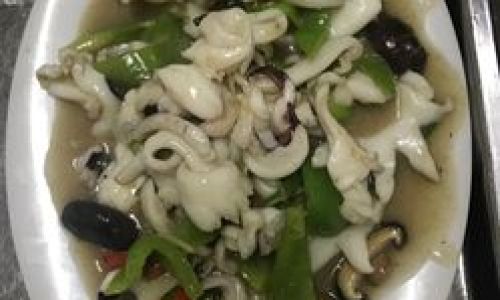
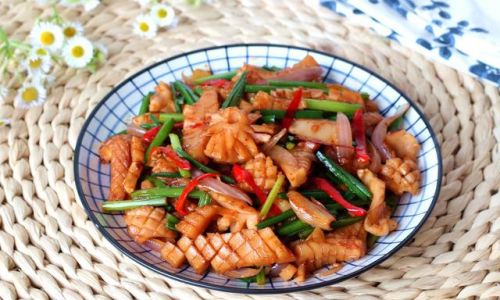
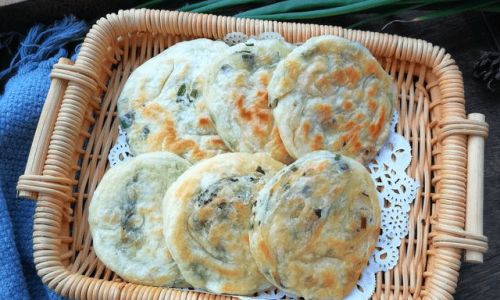

0 comments